From cow dung to insect repellent, industrial waste to bio-gas and plastic bags to building materials; St Jude’s students are applying their first rate scientific education, turning Tanzanian trash into sustainable treasures.
Secondary Headmaster, Nestory Msoffe, was beaming with pride as he inspected over 50 exhibitions from St Jude's students and invited local schools, at the 6th annual St Jude’s Science Day.
“Instead of being content in their circumstances, Science Day gives our students motivation and tools to look for solutions to community challenges and use the resources available to innovate for a better future for our nation,” Mr Msoffe said.
Here's a few examples from the day:
Making plastic fantastic!
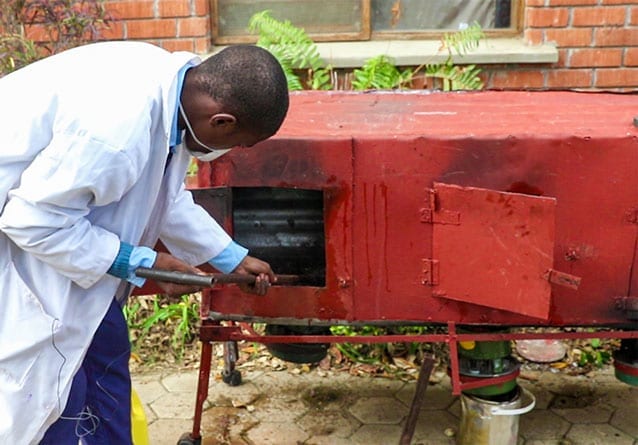
Edgar in Form 3 has been working on his Plastic Recycling project since 2014. He was motivated by the challenges of affordable, durable housing in Tanzania as well as environmental concerns.
“Two years ago, I was in Dar es Salaam and there were terrible floods, most of the people’s houses were mud so they were swept away. They made mud houses because they didn’t have money to construct strong houses.
“Tanzania produces 8 billion plastic bags a year, they end up in the rivers so animals get choked and the bags don’t decompose. You can’t say, ‘stop using plastic bags’, because people have very low income and plastic is cheapest.
“Recycling them is the only way to reduce pollution,” he said.

Edgar’s innovation comprises a custom-made metal burner in which he melts plastic bags and combines them with a few other 'secret ingredients' before transferring the mixture into handmade molds to make roof tiles, paving tiles and bricks.
“Tanzania doesn’t produce any roof tiles, most of them are imported from South Africa. If you could recycle plastic bags to make roof tiles, bricks and paving, you could create a whole industry that will give employment to the youth and contribute to development,” Edgar said.
The tenacious teen is still innovating, not content with a first place prize he is looking for materials to incorporate a carbon capture mechanism, of his own design, into the melting machine.
Edgar is also looking to bio-gas options to replace his natural gas burners.
Waste not want not!

Clara, also in Form 3, took out the prestigious Chairman’s Award for her innovation in sustainable energy sources.
With help from her friends and staff supervisor, Mr Amani, the aspiring medical doctor produced bio-gas using cow dung, bacteria, potassium hydroxide, a handful of buckets and pipes, and some cement for sealing.
“Many gases are produced from the decomposition of cow dung using saprophytic bacteria, the main product is methane, which can be very useful,” Clara said.
“When the gases are combusted, they produce bio-gas and can be connected to a gas cylinder which you can use for heating and cooking purposes and can be compressed to produce electricity.
“By using agricultural waste, municipal waste, green waste, sewage and animal waste to make bio-gas, we can make heating and electricity more available, we can lower pollution and deforestation in our environment and save money,” Clara said.
Household Heroes!

Herbal insect repellent made by Juma, Martin and Kilimba (Form 3) out of cow dung and pine needles. When it is burned it can last for many hours and is much cleaner and cheaper than mosquito coils.
“Mosquito coils are not good for you in small spaces, they are like smoking 137 cigarettes,” Kilimba said.
Organic disinfectant using rice, water and fermented milk bacteria, Aneth and Sesilia (Form 3) produced a low-cost, effective disinfectant with applications as varied as unblocking drains, decomposing waste and treating livestock for disease.
"The mixture must be activated with sugar and with the right ratio of molasses to disinfectant; it can be stored for up to 3 years," Aneth said.
Shoe polish – charcoal, water and glycerin combined to make a nifty, low-cost shoe polish. This entry was submitted by Shepherds School, one of the eight local schools who participated in the day.
Crowd Favourites!

Quadcopter Anti-poaching System - The Kilimanjaro International Institute for Telecommunications exhibited a drone, programmed to monitor national parks and alert authorities to the presence of poachers.
"Thirty elephants are killed in Tanzania’s national parks every week, we need to put an end to this," KIIT staff representative, Lui J Ayo said.
Sensor walking stick - Arusha Technical College displayed a walking stick that vibrates when there is a dip in the ground ahead and beeps when there is an obstacle. Students took turns testing it out all afternoon.
"There are many blind people who need full time assistance, with a tool like this, they will be made much more independent and their helper will be freed up to work and bring in some money," ATC student Samoni said.

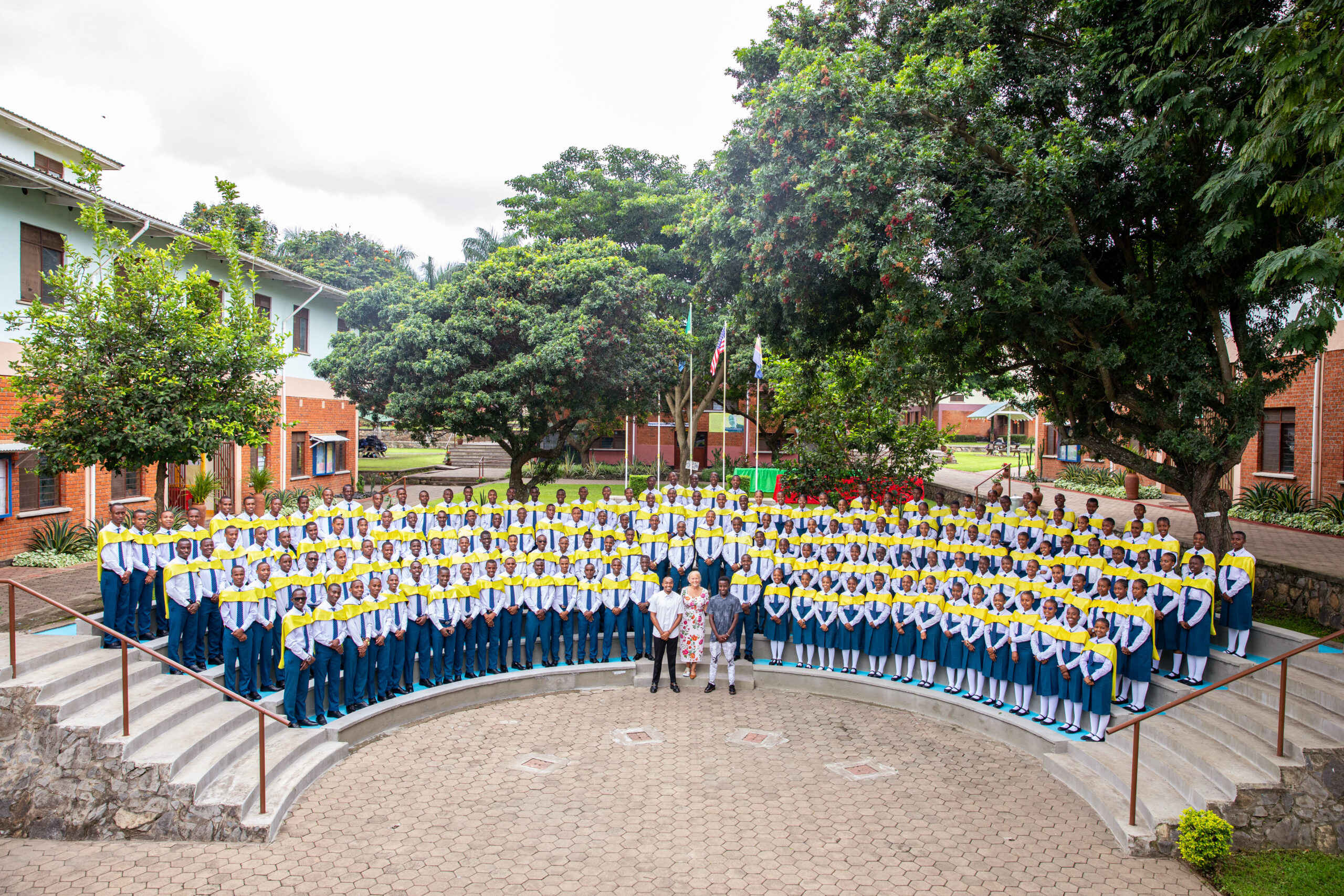
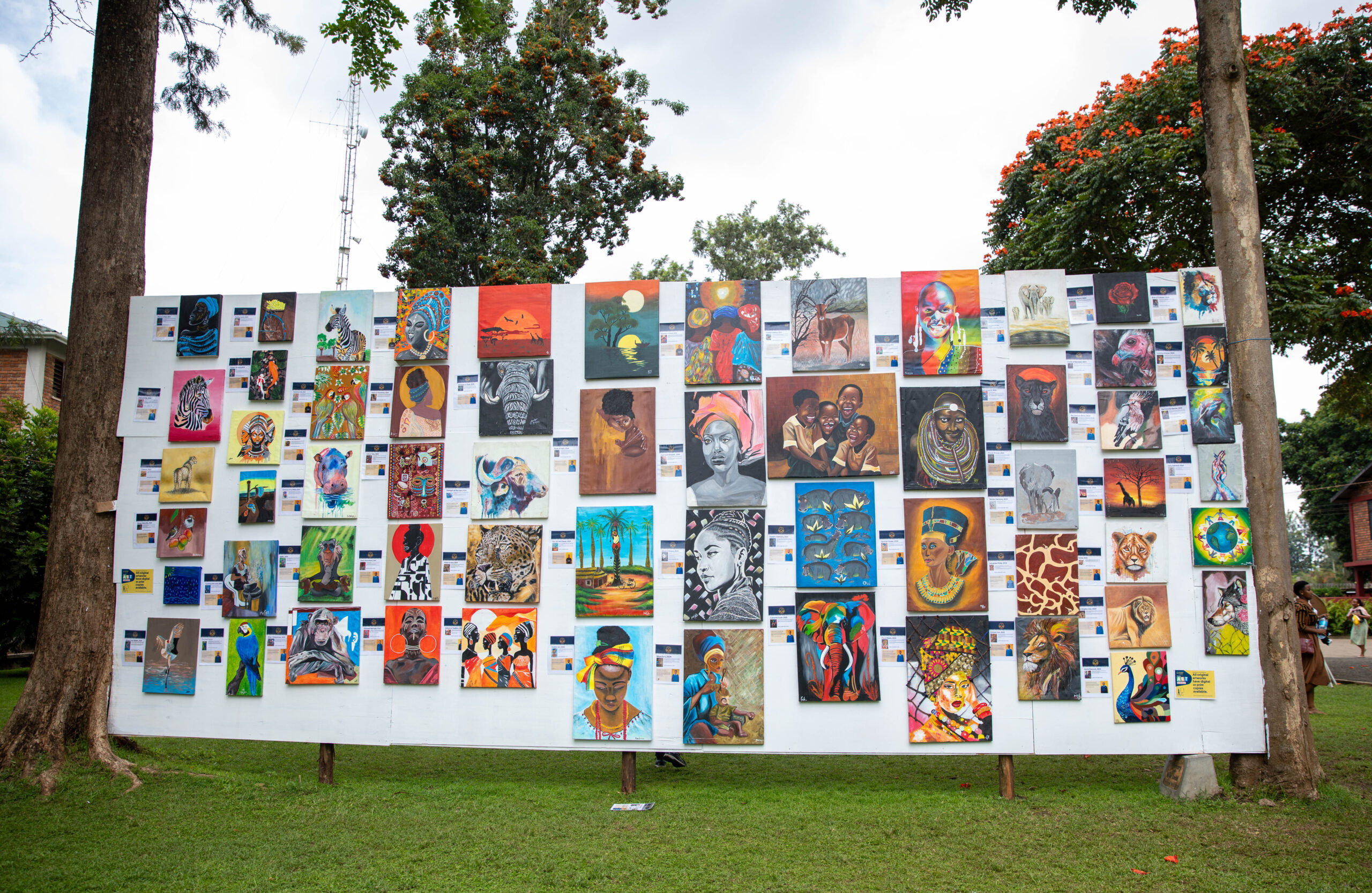
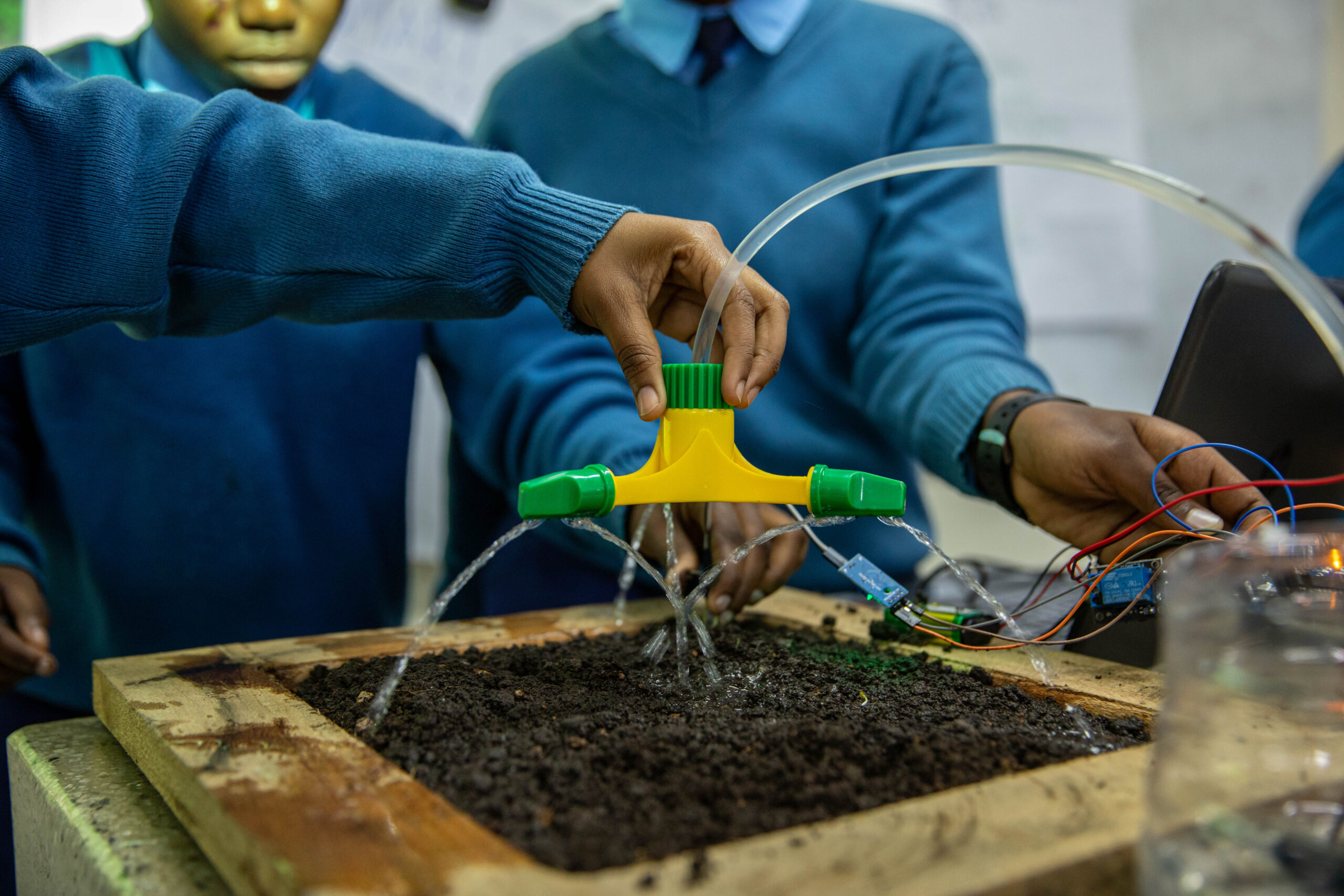

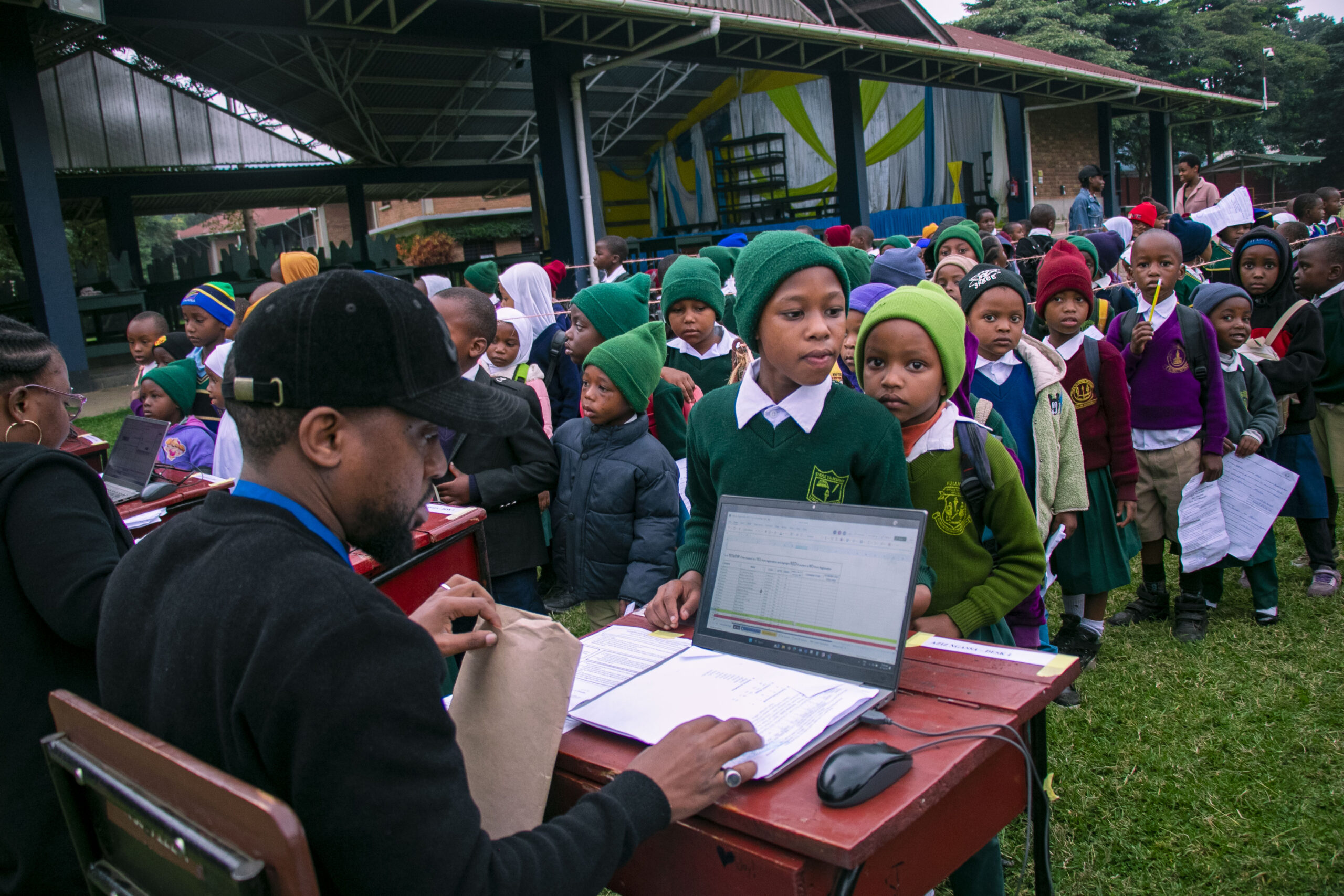


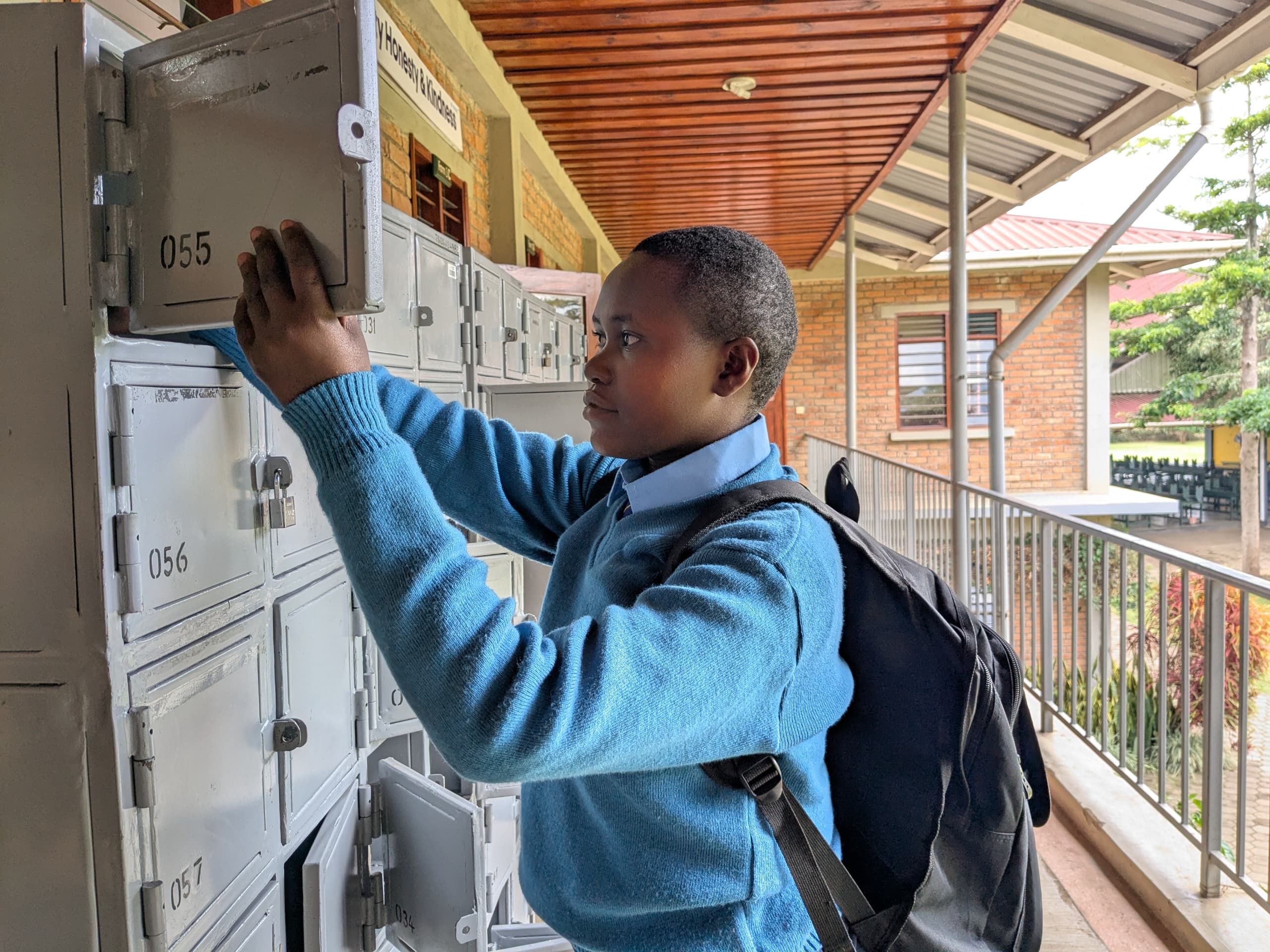
Replies